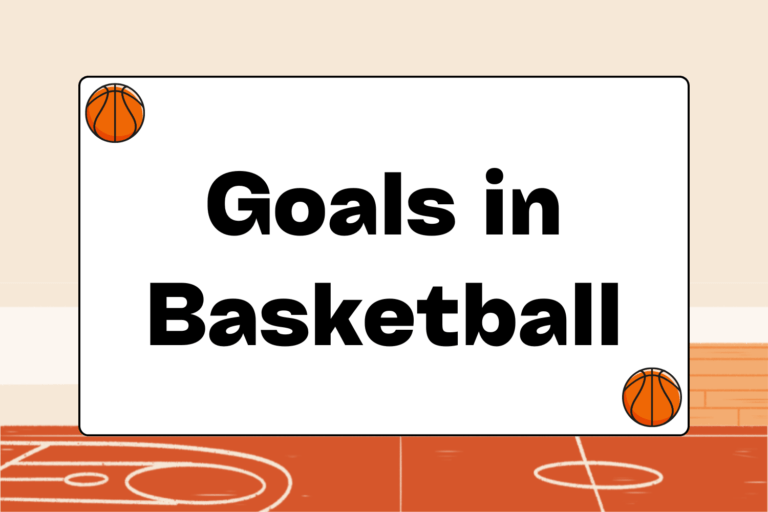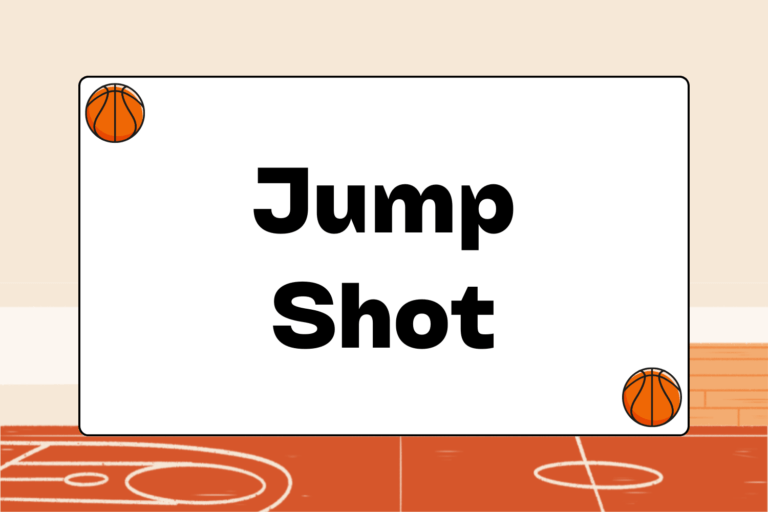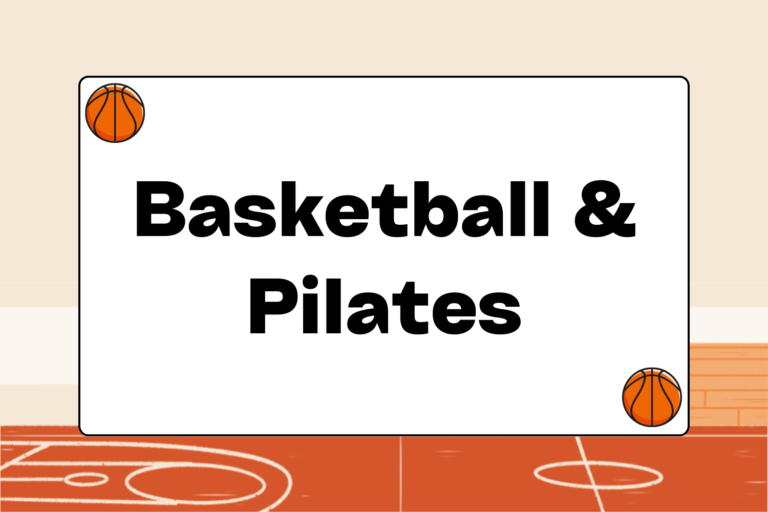Basketball is the only game in which a player can be disqualified for accumulating fouls. Drawing fouls is a great way to neutralize an opposing team’s best player. It’s also a way to turn a scoring chance into a three-point play. For these reasons, drawing fouls is a skill worth developing for young players.
However, drawing fouls is not for the faint of heart. It involves creating contact with an opposing player, and sometimes that contact can come in the form of a hard foul. In a team game, drawing fouls can be the ultimate unselfish act. It doesn’t show up in box scores and it isn’t reflected in statistics. But it is part of winning basketball.
Drawing a Foul in Isolation
Isolating an offensive player in one-on-one situations is the best way to draw a foul on an opposing defender. The offensive player always has the advantage because the defender has to react to his offensive move. A quick move, such as a hard dribble or pump fake, to get the defender off-balance is a great way to draw a foul.
Once you have the defender off-balance, be ready to jump slightly into the defender to create contact and shoot the basketball. The jump should be subtle enough to draw contact without drawing a foul on you. A good fake or hard dribble forces the defender to quickly adjust toward you. Use his momentum to your advantage by leaning into him to create contact.
Many coaches teach an arm flail movement or exaggerated reaction to draw attention to the contact. While this can be helpful, a strong offensive move and a lean into the defender should usually be enough to draw the foul.
Pump Fakes
Pump fakes are an essential offensive move for creating space, and they’re great for drawing fouls. The following steps make a pump fake difficult for a defensive player to ignore:
- Imitate your usual jump-shooting motion with the ball over your head.
- Use your entire upper body when going up for the fake.
- Keep your eyes focused on the basket.
A player who’s in the air is always prone to committing a foul. Lean into the area where the defender will land and you will be sure to draw a foul.
Dribble Penetration
Dribble penetration starts with a quick first step and a hard dribble. Square up to the basket, take a quick first step, and keep the ball on your hip. Your defender’s in a compromised position when you can create separation and attack the basket.
In a one-on-one set designed to draw a foul, the other four offensive players must clear out space so that other defenders are unable to provide help defense. Watch for a double-team and be ready to move quickly before a double-team arrives. Your options are limited once help arrives.
Help Defense
Another way to draw a foul on a post defender is with dribble penetration or an interior pass that forces help defense from the weak side. A player driving to the basket will force the defense to collapse, meaning defenders guarding other players must quickly slide over. Similarly, a quick pass that finds a cutting offensive player, like a give-and-go play, will force a quick recovery by a defensive player. Those defenders are vulnerable to committing fouls in their rush to prevent an easy basket.
Another good play for drawing fouls is the pick-and-roll. The pick set by the offensive player to free his teammate creates space that both defenders will be tempted to close out quickly. A hard roll to the basket and a clean pass will often draw a foul on the helping defender.
Mental Edge
You can set up your defender for a fake with your previous moves. If you take turn-around jump shots on consecutive possessions, your defender is more vulnerable to a pump fake the next time down court.
Practice Makes Perfect
Working on drawing fouls in practice is a great way to make it routine during games. In the open court or odd-man break, the offensive player should naturally look to draw contact for an and-one opportunity. Drawing the foul and converting the basket should be the goal of every fast-break chance.
To emphasize three-point opportunities in practice, place one defensive player under the basket, and give him a large blocking pad or football shield. His job is to defend the basket and create contact with an offensive player attacking the basket with the dribble from the top of the key. In this drill, the offensive player must absorb the contact and have the body control and strength to get off a good shot. Let the players take turns and keep score to see who wins.
As an alternative for more experienced players, let the defensive player drop the blocking pad and guard the basket. The defensive player should begin on the baseline and the offensive player should begin at the top of the key. This drill can get physical, but it’s a good way to raise the intensity level in practice.
Drawing a Charge
Drawing a charge necessarily means letting an offensive player run over you. It’s clearly not for everybody. But a player who knows how to create a turnover by drawing a charge immediately endears himself to his teammates. Charges are a great way to gain extra possessions during a game and turn the momentum in your favor. They’re among the plays least appreciated by fans and most appreciated by teammates.
Drawing a charge takes more than toughness and determination. Players should know the right way to turn some contact into an extra possession. This includes:
- Get in position: Anticipate the movement of the ball-handler as he approaches the basket. Take note of his dominate hand and whether or not he likes to get to the rim. Move to where you think the ball is going, and beat the man to the spot.
- Plant your feet: Drawing charges is not about being perfectly still. Defenders who beat the man to the spot can still be moving. But their feet must be planted when contact arrives.
- Absorb the contact and fall back: Contact must happen before the fall. Your hands should be near your chest or at your sides. Don’t anticipate the contact by leaning backwards. You have to take the hit, and then fall.
- Fall the right way: Keep your knees bent, and absorb the blow with your backside. Avoid the temptation to throw your hands back to break your fall — this can lead to injuries. Use your sudden momentum to slide backward, pushing off with your feet and rolling if you have to.
- Listen for that whistle: That means the ball is going the other way.
Poetic Justice
“Fair is foul, and foul is fair.”
William Shakespeare
Famous Author & Playwright
Okay, maybe Shakespeare wasn’t talking about basketball when he wrote MacBeth. But fouls are a part of the game, and the team that’s best at drawing fouls has a huge advantage over their opponent. It’s important to practice drawing contact during practices and scrimmages.
For players, drawing fouls is a great way to increase your playing time and win over coaches and teammates. For coaches, drawing fouls adds possessions and leads to free points at the charity stripe. The ability to draw fouls is usually associated with toughness and grit. But in reality, it’s more about practice and skill.





